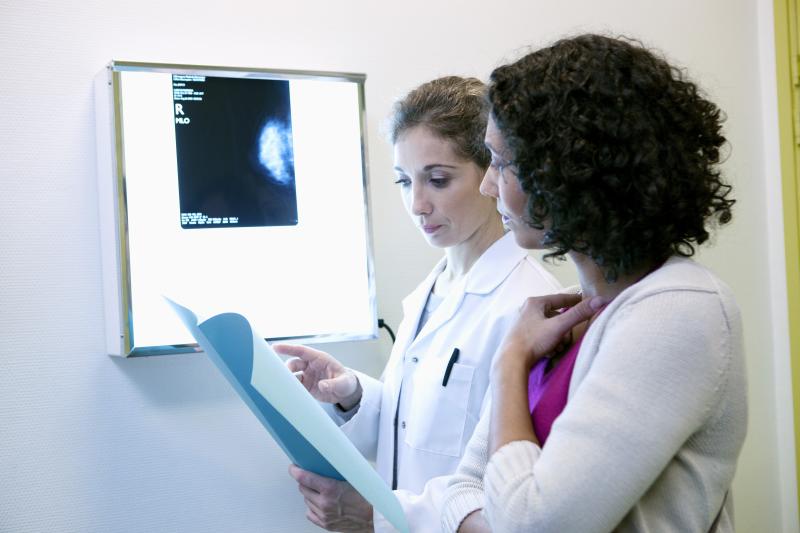
Annual breast screening initiated at ages 25–30 years with magnetic resonance imaging (MRI), with or without mammography, may lower breast cancer mortality by at least 50 percent in survivors of childhood cancer, suggests a study.
This collaborative simulation modeling used two Cancer Intervention and Surveillance Modeling Network breast cancer models and included women aged 20 years with a history of chest radiotherapy. Participants underwent annual MRI with or without mammography, starting at age 25, 30, or 35 years.
Outcomes measured included breast cancer deaths averted, false-positive screening results, benign biopsy results, and incremental cost-effectiveness ratios (ICERs).
Base-case analysis revealed a lifetime breast cancer mortality risk of 10–11 percent without screening across models. Initiation of breast cancer screening at age 25 years prevented most deaths (annual mammography with MRI: deaths averted, 56–71 percent; annual MRI without mammography: deaths averted, 56–62 percent) compared with no screening. Both strategies had the most screening tests, false-positive screening results, and benign biopsy results.
Screening initiated at age 30 years was preferred for an ICER threshold of <$100,000 per quality-adjusted life-year gained.
On sensitivity analysis, the benefit of adding mammography to MRI increased in both models, with the assumption of lower screening performance. Moreover, the preferred age for screening initiation remained unchanged.
One limitation of this study was that elevated breast cancer risk was based on survivors diagnosed with childhood cancer between 1970 and 1986, according to the investigators.